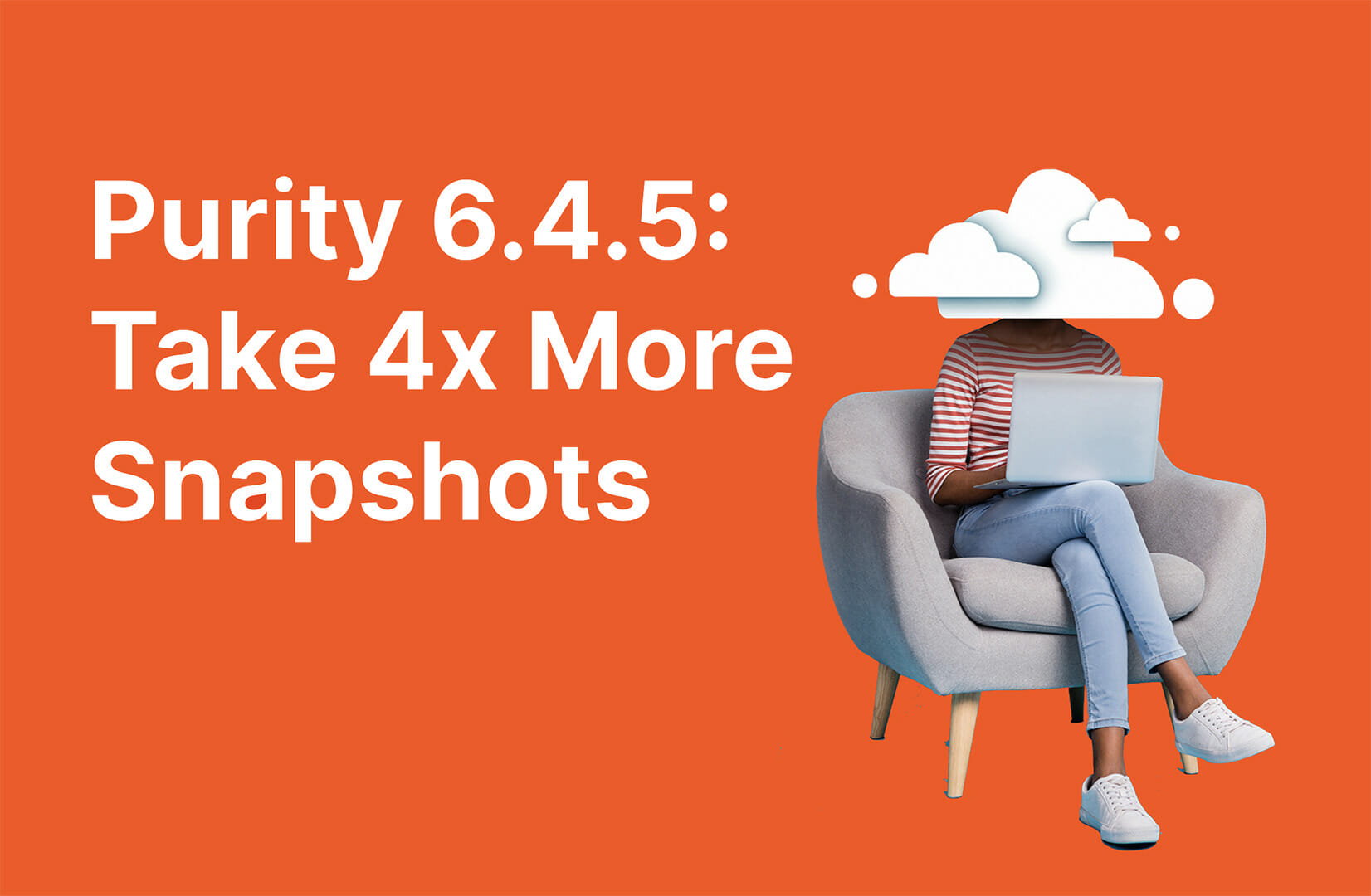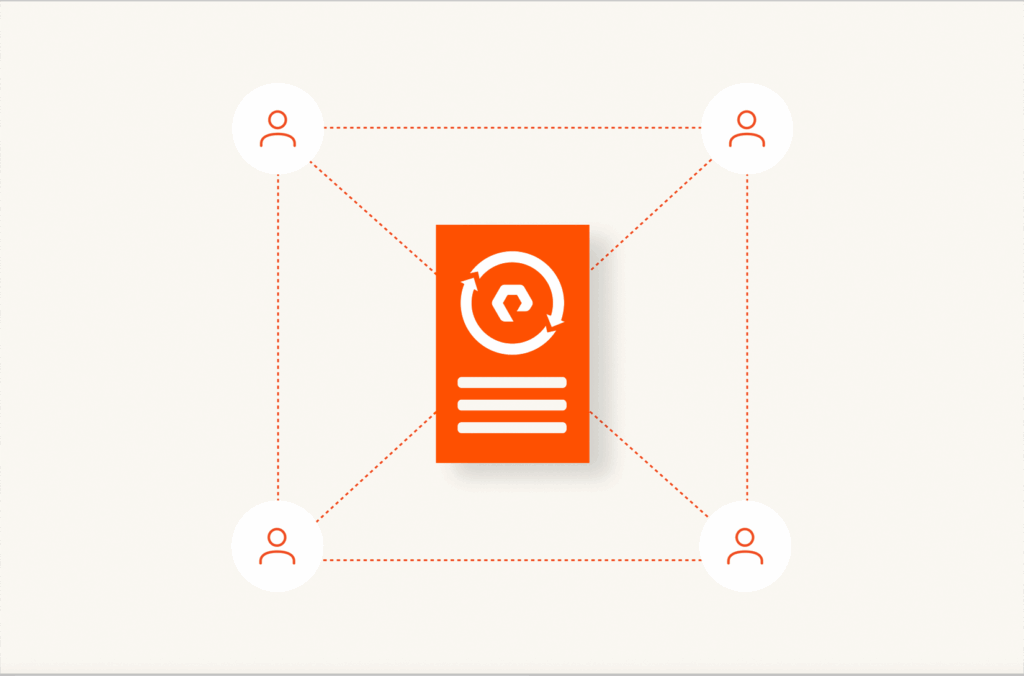Snapshots have become a de facto tool in managing and protecting data on primary storage. With Pure Storage and Purity//FA, snapshots can be created in less than a millisecond and take up very little space since they are simple data structures filled with only pointers to actual data. So, snapshots can be a simple and space-efficient mechanism to recover from short-term data loss events.
Given the ease of use, customers love to use snapshots for a wide range of use cases from Dev/Test where data can be quickly rolled forwards or backwards during automated testing sequences to ransomware recovery. With Pure Storage, snapshots are immutable and with SafeMode enabled, they are ineradicable. This means that an attacker cannot delete the snapshots to prevent recovery – a common attack vector that increases the likelihood an attacker can force a ransom payment.
With a feature that is so easy to use and valuable to an organization, you could see how the number of snapshots in use could increase quickly over time especially in large enterprises. Protection from ransomware attacks is a primary driver in the need to take more, and more frequent, snapshots.
Starting in Purity//FA 6.4.5, we upped our snapshot scale by four times—from 100,000 total snapshots to 400,000. Now in Purity//FA 6.4.5, we can replicate those 400,000 snapshots giving customers even more options for protecting their data. For example, this means you could have four FlashArray//X systems each with 100,000 snapshots that are all replicating to a single FlashArray//C™ system to take advantage of its economics and larger capacities. While it may not be the case for everything, in this scenario, more is better. Get peace of mind knowing your data is protected with snapshots and SafeMode and that you have several great options to replicate those snapshots to another location further enhancing your recoverability.
It’s not just about cyber threats, though. Organizations are taking advantage of automation to quickly test workflows, data, and applications. The faster you can test, reset, and test again, the quicker you can get back to innovating. For example, let’s say you have a specific data set on an application volume. You want to test out different scenarios against that data set to determine how a change to application logic affects an outcome. In this scenario, changes can be made to the application, the application can be tested against the data, and then the data can be rolled back quickly to enable further iterative testing. It’s like performing a science experiment and you always need to run that experiment from the same starting point.
Also like a science experiment, you can try out other options or ideas by snapshotting a volume multiple times to try different methods of data analysis or development. You have all sorts of powerful options with a storage snapshot. The best part? Nothing happens to the actual data—Pure Storage snapshots are read-only.
Less interesting, but maybe more important is that a snapshot can be a form of backup. Since it’s portable, you can take a volume snapshot and send it elsewhere like a Pure Cloud Block Store™ instance or S3 via CloudSnap, allowing you to catalog different moments in time.
Conclusion
Scaling up our snapshot limits is more than just increasing numbers. It’s about keeping up with the needs of our customers and enabling them to innovate and protect their data in the process. Enhancing the Purity//FA snapshot capabilities continues to enable customers to not only take more snapshots on FlashArray but to also do more with those snapshots. Upgrade to Purity//FA today to take advantage of these snapshot enhancements and more [link to rollup blog].




